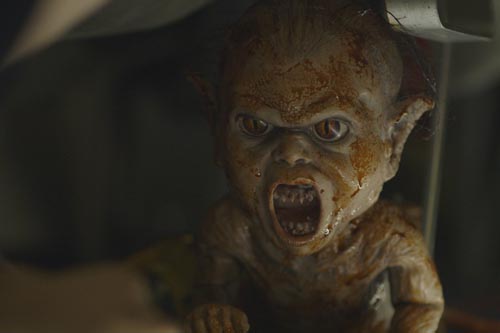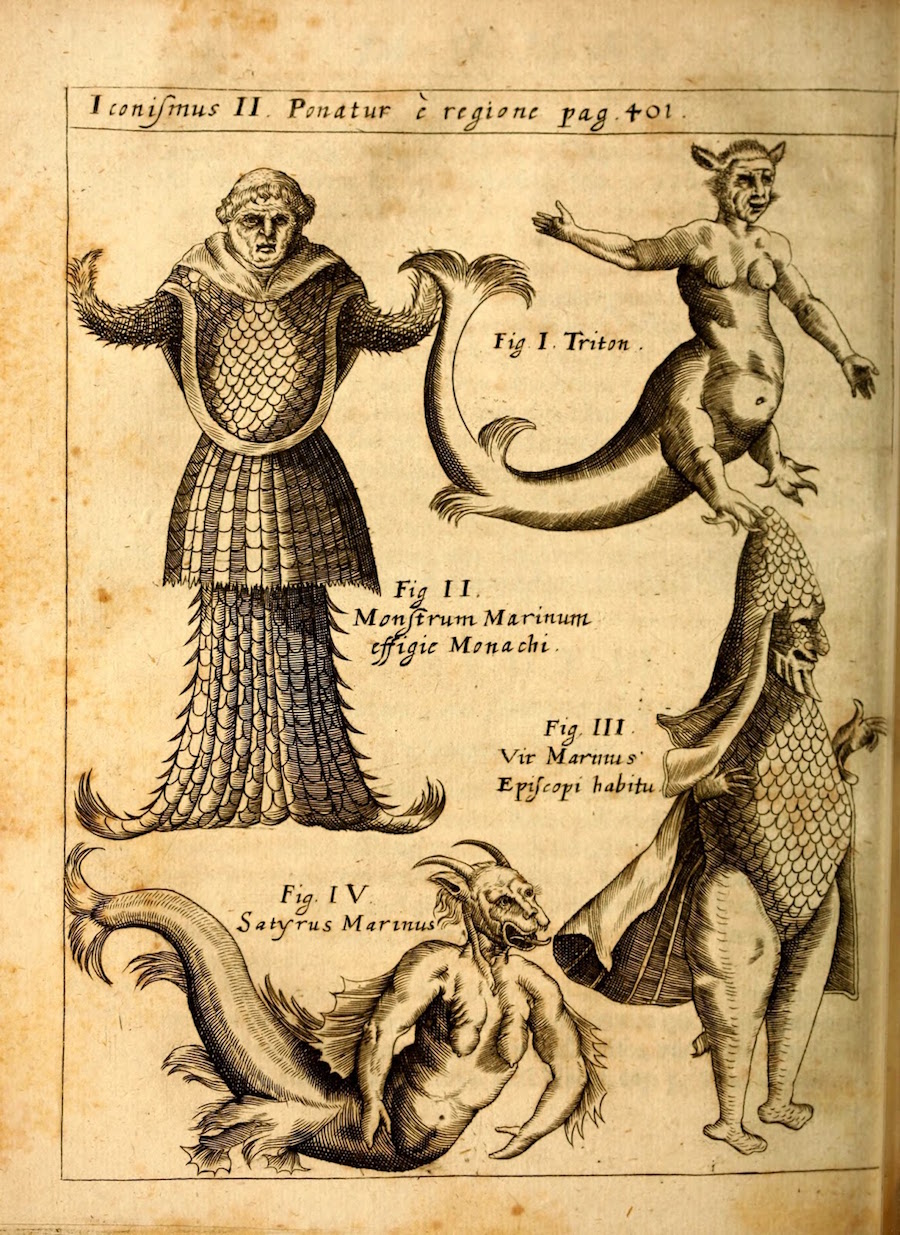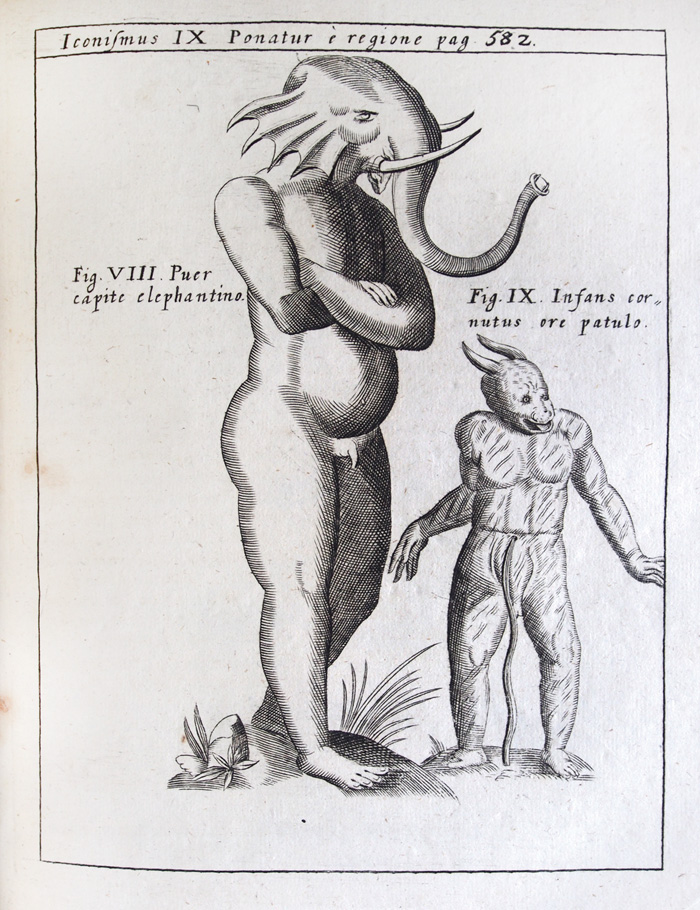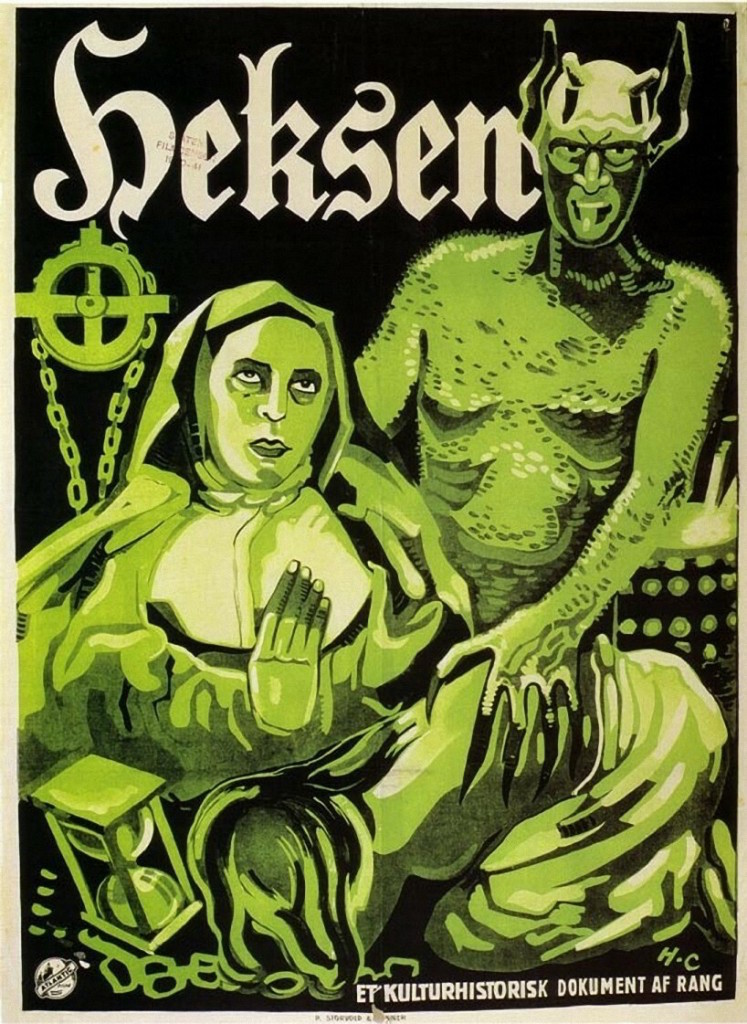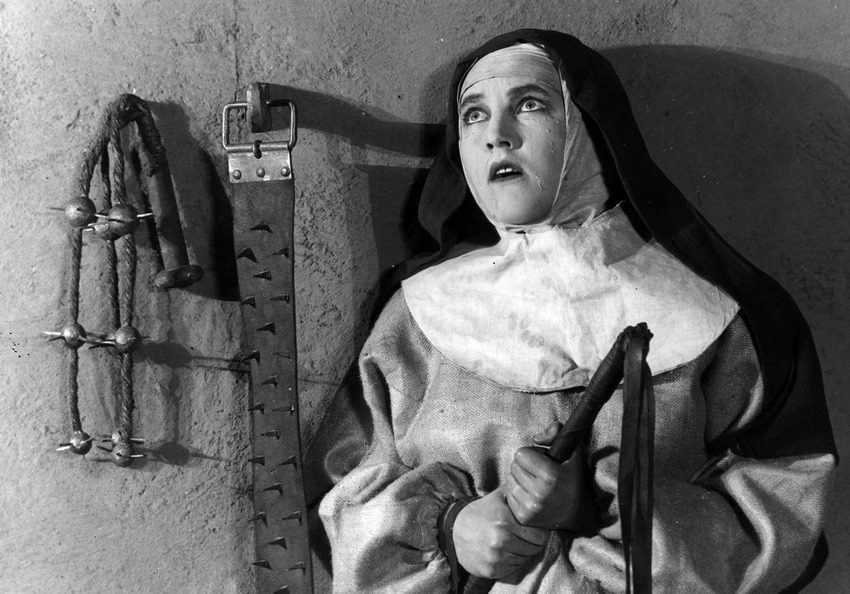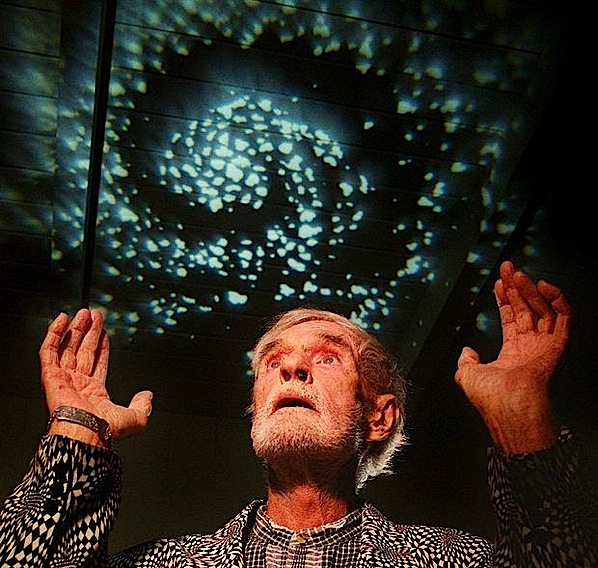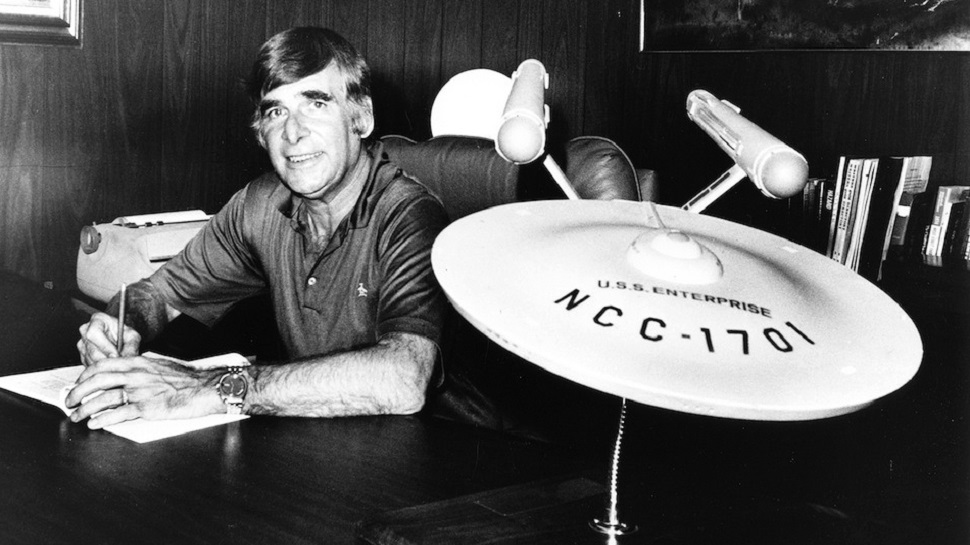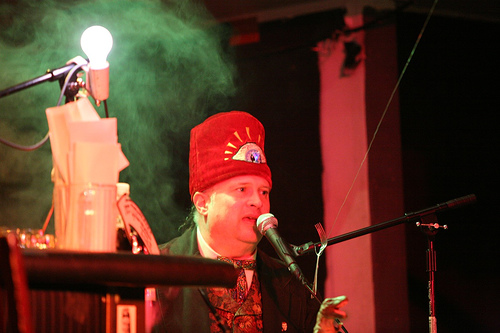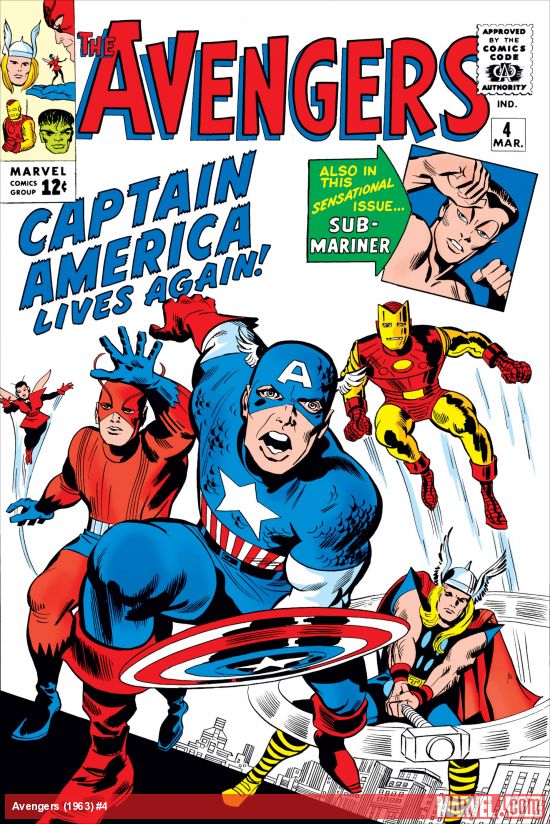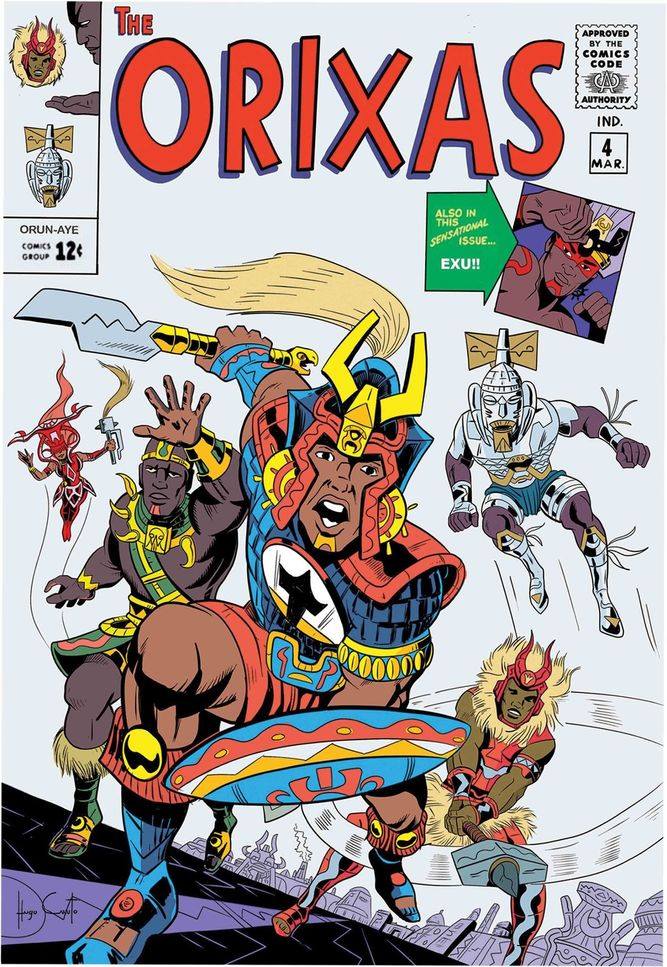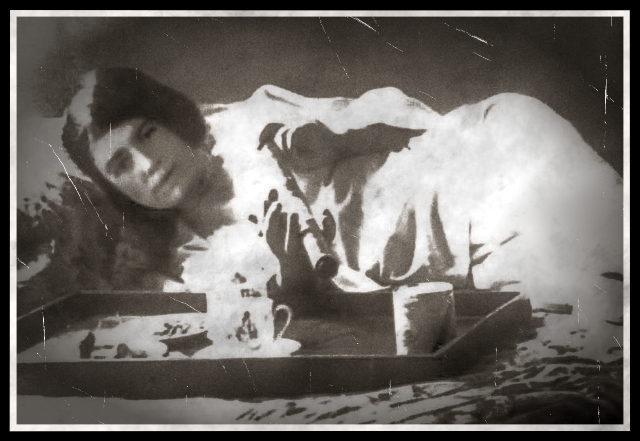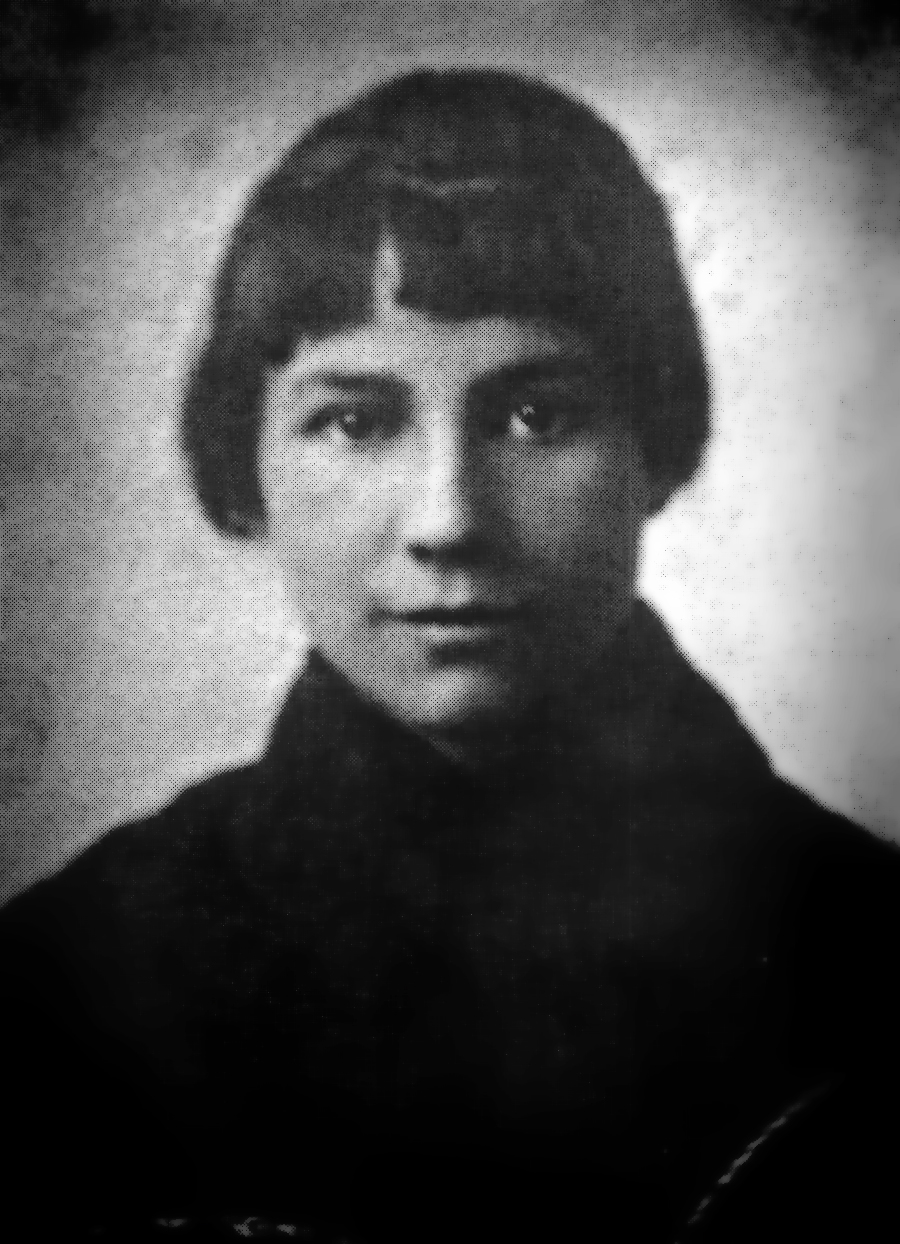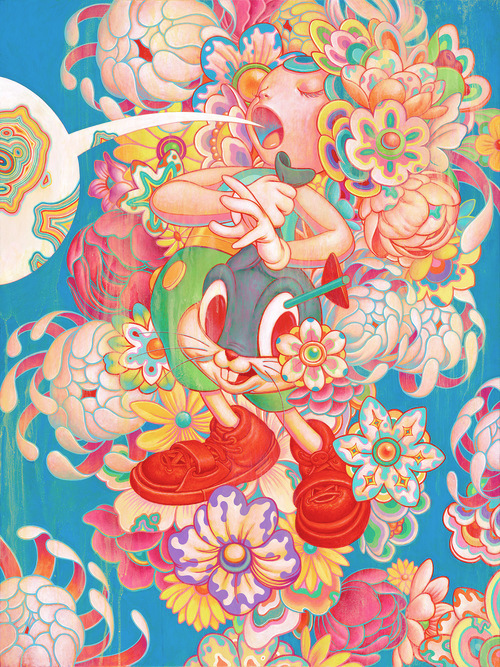
‘Bouquet’ (2016).
My closest, kindest and best friend has a family motto, “Per ardua surgo.” “I rise through difficulties/difficult things.” It’s a sentiment that could easily apply to the brilliant artist James Jean, who has risen through his own personal difficulties to achieve incredible success as an artist and designer. What could be more personal than an unnecessarily long, painful, and acrimonious divorce where a spouse refuses to settle? This is what apparently happened to Jean. His ex-wife refused to settle, leaving the artist allegedly penniless, homeless, utterly depressed and “neutered.” Eventually, Jean had to move overseas where he lived on “subsistence and barter.” Yet, even when his art was being commodified by lawyers as potential future assets, Jean kept drawing, kept painting, and kept illustrating his way through.
Jean first came to prominence as a commercial artist and cover illustrator for comic books like Batgirl, the Green Arrow, Teenage Mutant Ninja Turtles and most spectacularly Fables. His awe-inspiring work earned Jean a sackful of prizes including seven Eisner awards, three consecutive Harvey awards, and a row of gold and silver medals from the Society of Illustrators in both Los Angeles and New York. He has also collaborated on designs for Prada.
With such a prodigious and prolific talent it was perhaps inevitable that Jean made the switch from comic books to art galleries in a series of beautiful and brilliant prints and paintings in mixed media and oils which he has been exhibited in group and solo shows since 2001.
James Jean was born in Taipei, Taiwan, in 1979, and raised in New Jersey. As a youngster, he has said he was more interested in playing the trumpet than making art. This changed under the tutelage of his high school teachers, Steve Assael, Thomas Woodruff and Jim McMullan, who recognized his artistic talent. Their encouragement inspired Jean to enroll at the School of Visual Arts in New York in 1997, where he engaged with various different techniques before developing his own intricate and recognizable style. He graduated in 2001 and then began his career with DC Comics.
I think James Jean is one of the major artists of the twenty-first century who is in a direct line from Warhol, Hockney, and Koons, and further back to Dali and Picasso. The range of Jean’s work—in its diversity of technique, style, and subject—is virtually unparalleled. His oeuvre includes minutely detailed almost hallucinogenic sketches like “Samurai” to more traditional portraiture and Surreal digital work like “Aides Lapin,” to his progressive pop art of canvases like “Sprinkler” or “Bouquet.”
When once asked what advice to give young, budding artists Jean replied:
“Keep making work even if you don’t know what you have to say. You’ll only find your voice through the struggle.”
Jean has found has certainly found his voice.
See more of James Jean’s work here.
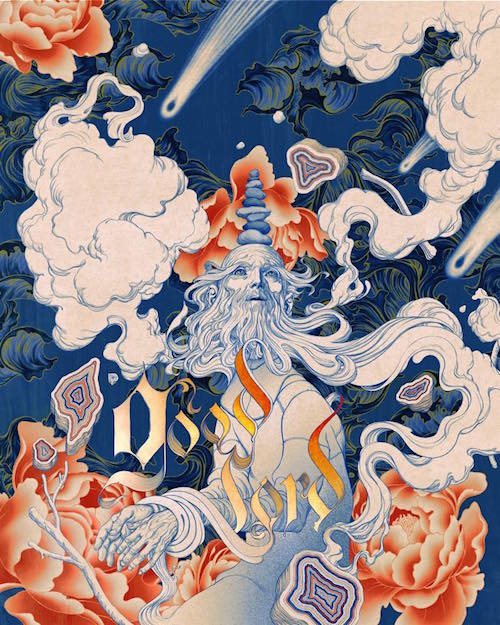
‘Good Lord’ (2016).
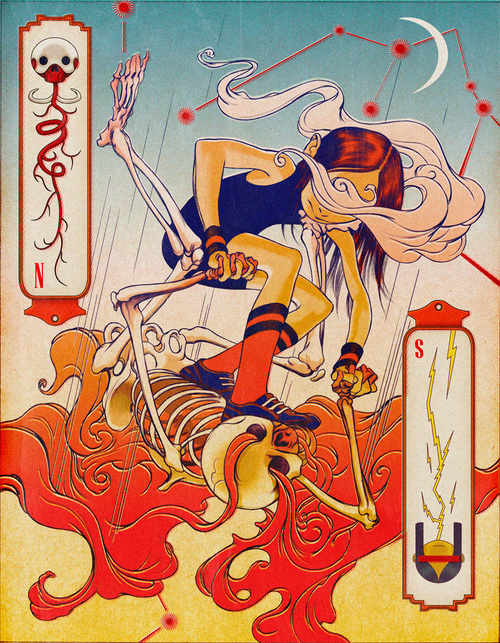
‘Flip’ (2006).
See more fabulous art by James Jean, after the jump…









